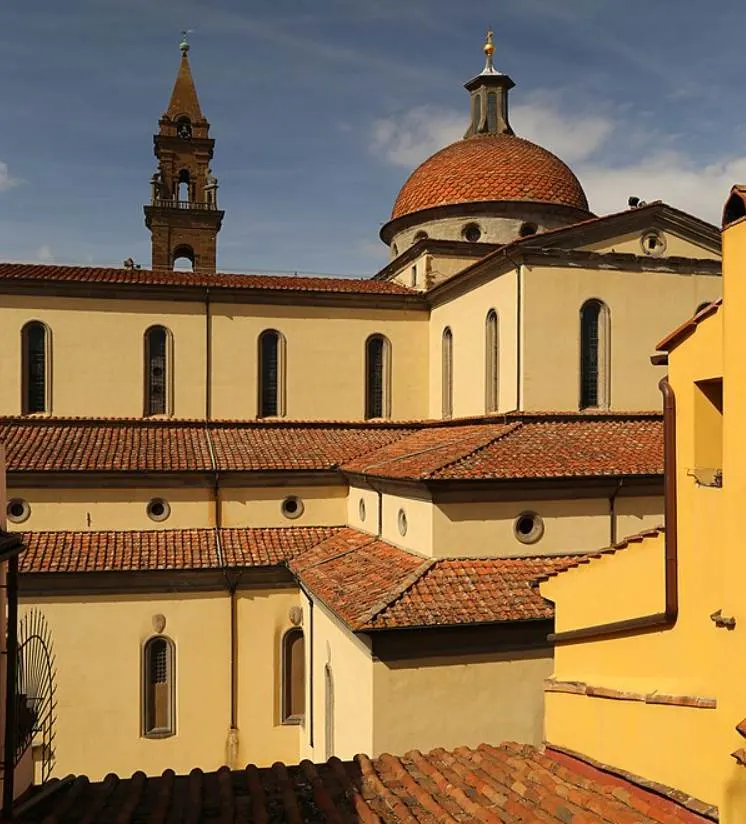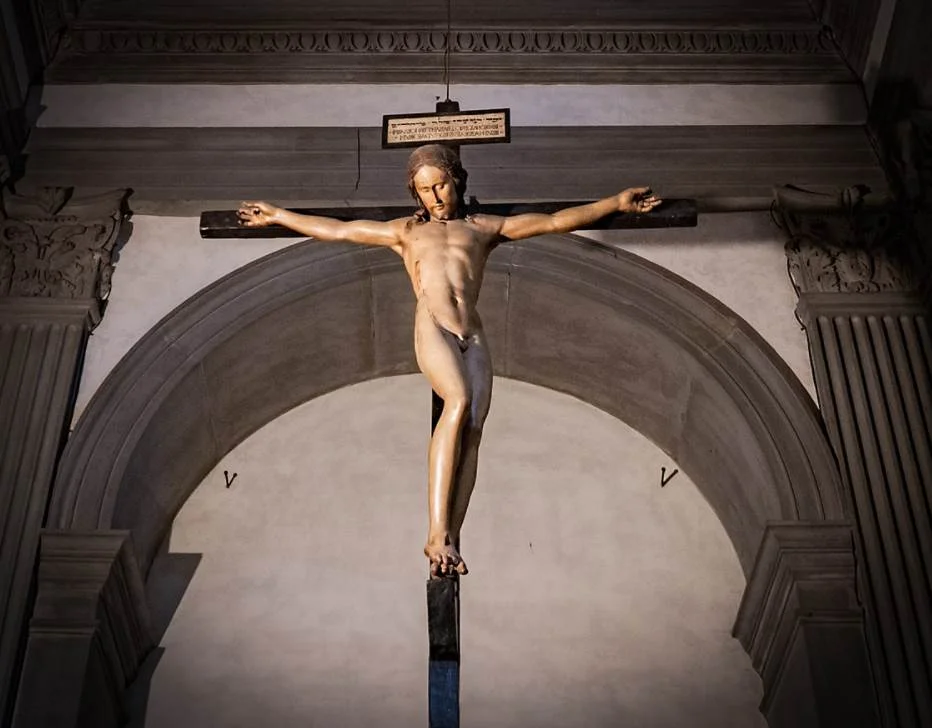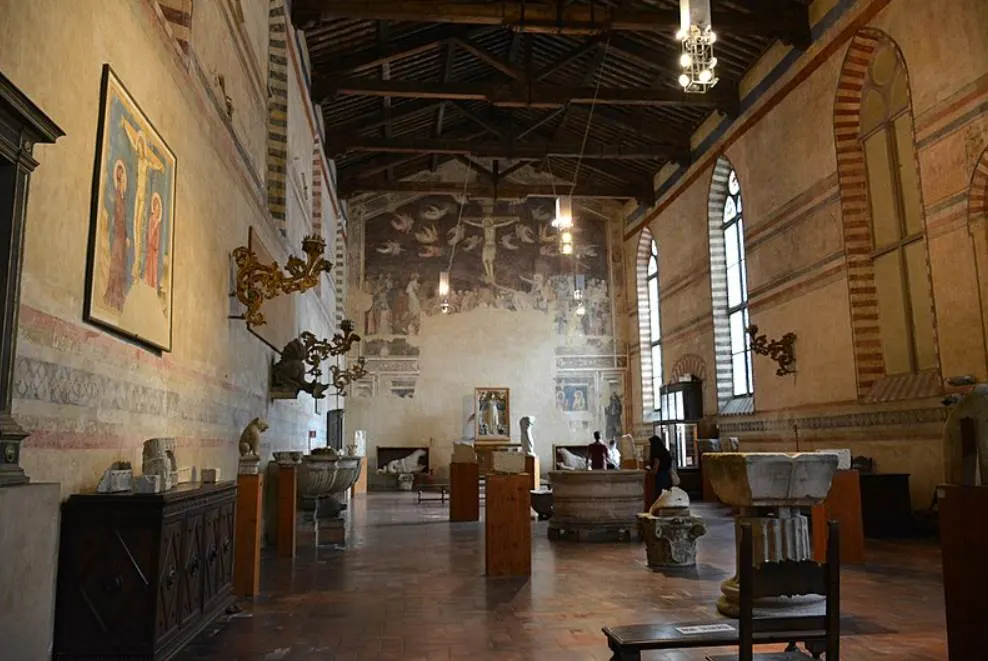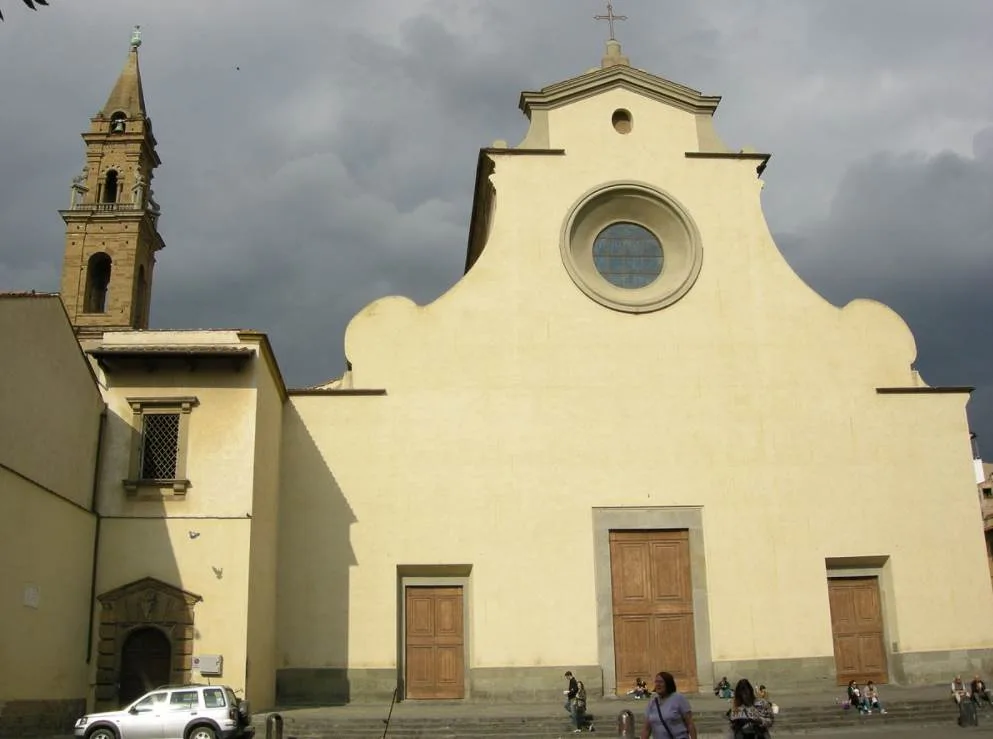You will hardly find a better place in the world to admire Renaissance architecture than the city described as the birthplace of the Renaissance, Florence Italy.
Now imagine a structure being designed by a man known as the founding father of Renaissance architecture and you can rest assured that the building described in this article is a prime example of this architectural style.
Let’s take a closer look at some of the most interesting facts about the Basilica di Santo Spirito in Florence, a work by Filippo Brunelleschi (1377-1446) that has some interesting stories to tell.
1. It’s located on the south bank of the Arno river near a famous palace
The Basilica di Santo Spirito is a Renaissance-style church that is located in the Oltrarno quarter of Florence, the capital and largest city in the Tuscany region of central Italy.
This quarter is located on the south bank of the Arno river, the stream that flows through this remarkable place. This is the opposite bank from the historical heart of the city where you can find Florence Cathedral, the Palazzo Vecchio, and the Uffizi Gallery, to name just a few landmarks you should visit in the city.
Several bridges were built across the river during the Middle Ages to connect the southern part of the city with the center. The Ponte Vecchio is the most famous bridge in the city and the church can easily be reached via the Ponte Santa Trinita.
The Oltrarno quarter is also the location of another famous Renaissance building, the Pitti Palace, today a section of the Uffizi Gallery collection that houses an amazing collection of fine art.

2. The first church on this location was built in the 13th century
The first building on this location was a combined monastery complex and church built by the Augustinian order of Florence. They were awarded this land in the sparsely populated southern part of the city in 1250.
This area was remarkably already integrated into the medieval city walls that were built between 1173 and 1175. The wooden version of the Ponte Santa Trinita was built in 1252 and the convent and church were built shortly after.

Additional buildings that became part of the large monastery complex were built between 1292 and 1301. By the mid-14th century, the complex included a cloister and several family chapels.

3. The current church was designed by Brunelleshi in the 15th century
The complex had grown so big by the late 14th century that plans were made to build a new Renaissance-style building. Although this plan initially came about in 1397, nothing was done until several decades later.
Famous Renaissance artist and architect Filippo Brunelleshi completed his plans of the building in 1428 but the preparatory works weren’t started until the year 1444. The first pillars of the Basilica di Santo Spirito in Florence were only delivered in 1446, just 10 days before the architect passed away.
The building was completed according to the plans made by Brunelleschi by his followers Antonio Manetti, Giovanni da Gaiole, and Salvi d’Andrea. The big church was finally completed in the late 1480s, over 4 decades after the first stone was laid.

4. Santo Spirito features an incredible number of side chapels
The interior of the church features a Latin cross and is one of the greatest examples of Renaissance architecture that you’ll ever come across. It features pillars and arches that resemble those of the loggia of the Ospedale degli Innocenti, one of the architect’s first major works in Florence.
The building is also much bigger than it initially appears to be as it has an interior length of 97 meters (318 feet). 38 chapels (originally 40 but two have been replaced by doors) are integrated into the length of the church.
The side chapels appear as niches and most of them feature works of art produced by local Florentine artists of the Renaissance and Baroque periods.

5. The Basilica is home to a famous sculpture by Michelangelo
One of the greatest Italian artists in history developed his excellent knowledge of the human body in the hospital that was part of the Basilica di Santo Spirito in the late 15th century.
Yes, that’s right, Michelangelo Buonarroti (1475-1564) studied the corpses of the hospital’s morgue to learn anatomy.
Out of gratitude, the 17-year-old artist carved a wooden sculpture called “Crucifix” for the church which he hoped would be placed above the high altar. Today, this Michelangelo sculpture is located in the octagonal sacristy of the church, an area that can be reached from the western part of the aisle.

More interesting facts about the Basilica di Santo Spirito in Florence
6. The complex was used as a medieval university by the Augustinian order referred to as the “Studium Generale.” This educational facility was established in the year 1284. It was here that the first humanists in Florence gathered less than a century later.
7. The complex features 2 cloisters referred to as the “Grand Cloister” and the “Cloister of the Dead,” both built in the late 16th century. The latter takes its name from tombstones that decorate its walls.
The former convent of the complex was built in the 13th century and features one of the only remaining Late Gothic frescoes in Florence. It also features sculptures from the 11th to 15th centuries and reliefs sculpted by Donatello.

8. The church was located in a rather dangerous neighborhood of Florence in the 14th century. It was the scene of a bloody rebellion called the Ciompi revolt which happened between 1378 and 1382.
One of the most notorious assassinations in the history of the Florence Republic happened at the steps of the previous Basilica di Santo Spirito in November 1370.
9. The amazing bell tower of the church was completed in 1501 to a design of Florentine sculptor and architect Baccio D’Agnolo (1462-1543).
10. The plans of the basilica were closely followed as they were drawn up by Filippo Brunelleschi. This was unlike his plans for the Basilica of San Lorenzo in Florence which were significantly altered after his death.
The architect also created a design for the façade of the church but this was never completed following his death. This is why it’s still completely blank today,

